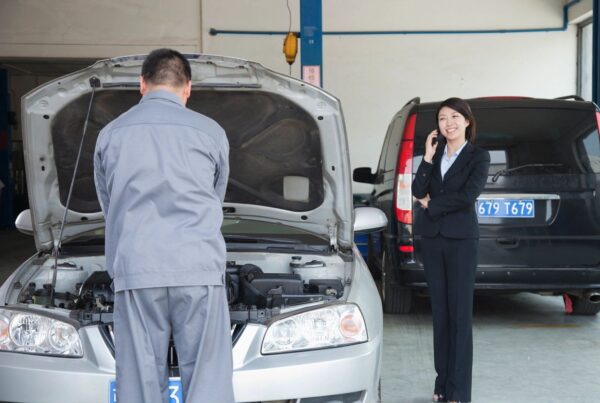Since 2012, Lake Macquarie City Council in NSW has been one of the leaders in reducing carbon emissions through the electrification of their fleet and building electric vehicle (EV) charging infrastructure for the community.
The council takes pride in several sustainability policies that they have used to guide decisions on city planning over the years. This has led to their participation in a project investigating the role of EVs in the community, the importance of including charging infrastructure early on, and how local governments can support a transport hierarchy that prioritises people and public transport.
“The council has been an early mover in electric vehicles and with the support of the Executive Management team, we purchased a first-generation Mitsubishi i-MiEV and Nissan Leaf back in 2012,” says Glen Hattander, Plant and Fleet Coordinator at Lake Macquarie Council.
“The vehicle options in our fleet policy are now 80% hybrids as we continue the transition to electric vehicles.”
Today, the council has five zero-emission vehicles in the fleet with another four to be delivered in September that staff can use as pool vehicles.
The Council has also faced challenges as it transitioned to an electrified fleet. They saw barriers to adoption including the power loads of older buildings, to range anxiety due to local terrain and the capability of earlier EV models, to and lack of charging infrastructure.
They have addressed this by increasing the visibility of vehicles in the community and building out the necessary infrastructure in strategically located and accessible areas to quell the public’s worries.
Recently, the Council has partnered with Origin Energy on an ARENA-funded trial to support fleet charging across NSW. This resulted in two sites with a total of 10 charging stations.
As part of their Electric Vehicle Charing Strategy 2020-2023, they also plant to plan to build, or encourage the building of, 11 charging stations in the community.
“The reality is people will still need to charge at home. As a council, we need to take the lead in the community by building the infrastructure and giving our residents confidence in EV technology to reduce overall carbon emissions in our city,” Mr. Hattander said.





















